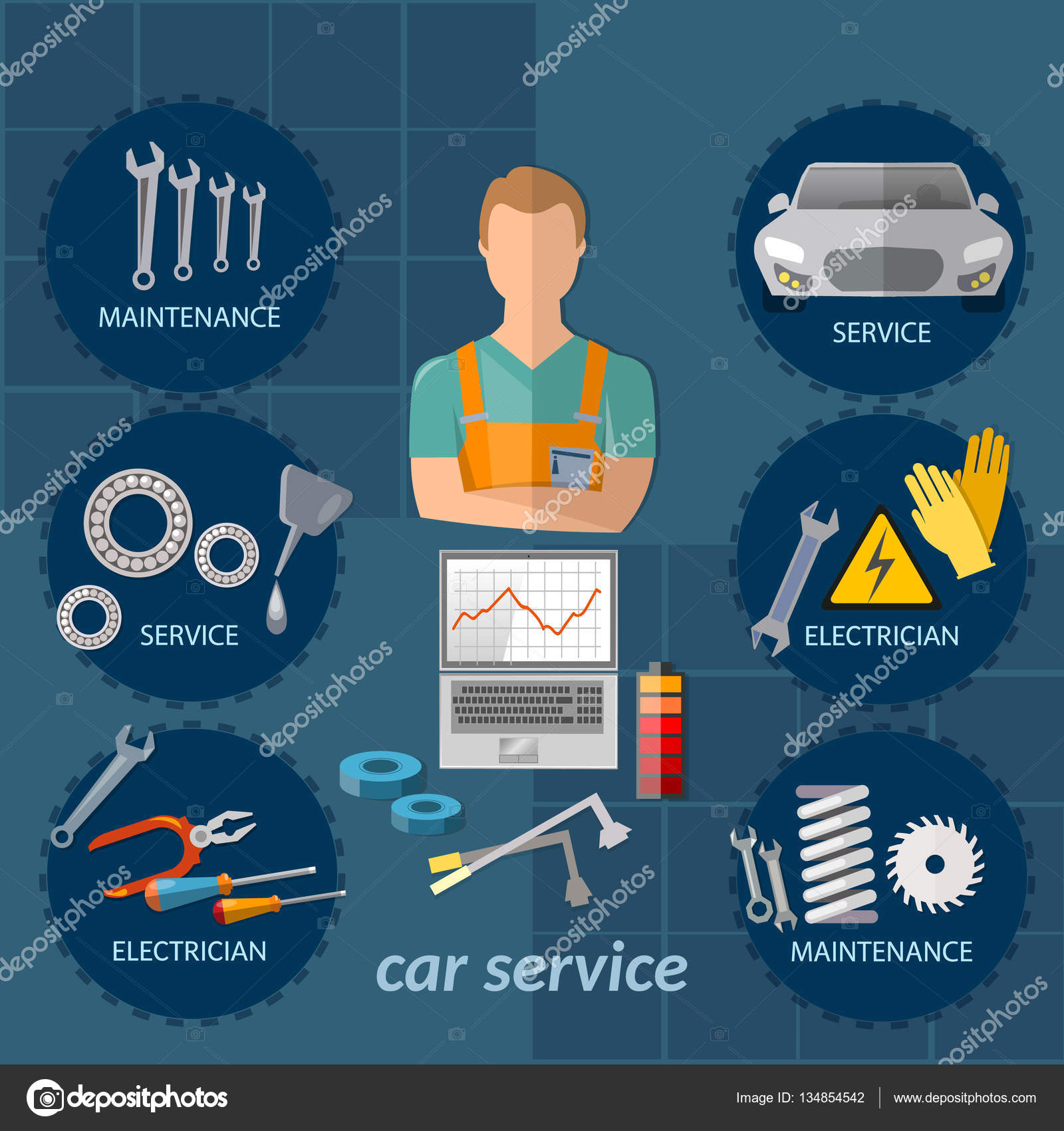Understanding The Value Of Your Auto'S Warning Signals: What They Actually Represent
Understanding The Value Of Your Auto'S Warning Signals: What They Actually Represent
Blog Article
Staff Author-Sykes Gilbert
When you lag the wheel, those glowing caution lights on your control panel can be a bit puzzling. Do you understand what they're trying to inform you about your cars and truck's health? Recognizing the value of these lights is vital for your safety and the durability of your car. So, the following time one of those lights appears, wouldn't you want to decode its message accurately and take the required steps to address it?
Common Warning Lighting and Interpretations
Identify typical warning lights in your cars and truck and recognize their significances to make sure risk-free driving.
One of the most typical warning lights consist of the check engine light, which signals concerns with the engine or emissions system. If this light begins, it's critical to have your lorry checked without delay.
The oil pressure advising light indicates reduced oil pressure, needing instant attention to avoid engine damage.
A flashing battery light could suggest a faulty billing system, possibly leaving you stranded if not resolved.
The tire stress tracking system (TPMS) light informs you to low tire stress, impacting automobile stability and gas effectiveness. Neglecting this might cause dangerous driving conditions.
The abdominal muscle light shows a trouble with the anti-lock braking system, compromising your capability to stop swiftly in emergency situations.
Lastly, the coolant temperature advising light warns of engine overheating, which can cause severe damage otherwise dealt with swiftly.
Recognizing these typical warning lights will aid you address concerns without delay and preserve secure driving conditions.
Value of Prompt Attention
Recognizing the common caution lights in your automobile is just the primary step; the significance of without delay addressing these cautions can't be highlighted sufficient to ensure your safety on the road.
When a warning light brightens on your dashboard, it's your cars and truck's method of interacting a potential concern that requires focus. Overlooking https://www.kbb.com/car-advice/ordering-car-from-factory/ can result in much more severe troubles in the future, jeopardizing your security and potentially costing you a lot more out of commission.
Prompt attention to advising lights can prevent breakdowns and mishaps. For instance, a flashing check engine light might suggest a misfire that, if left ignored, could trigger damage to the catalytic converter. Addressing this without delay can conserve you from an expensive repair work.
In a similar way, a brake system advising light could signal low brake liquid or used brake pads, vital components for your safety when driving.
Do It Yourself Troubleshooting Tips
If you see a warning light on your dashboard, there are a few DIY repairing ideas you can attempt before looking for specialist aid.
The very first step is to consult your vehicle's guidebook to comprehend what the certain caution light indicates. Sometimes the problem can be as simple as a loose gas cap causing the check engine light. Tightening the gas cap may fix the problem.
professional car cleaning is a low battery, which can set off various alerting lights. Examining the battery connections for rust and ensuring they're safe could repair the problem.
If a caution light continues, you can attempt resetting it by separating the car's battery for a couple of mins and then reconnecting it. Furthermore, checking your vehicle's fluid levels, such as oil, coolant, and brake liquid, can assist fix warning lights related to these systems.
Conclusion
To conclude, comprehending your auto's warning lights is important for keeping your vehicle running smoothly and securely. By quickly addressing these informs and understanding what they indicate, you can prevent expensive fixings and prospective breakdowns.
Keep in mind to consult your vehicle's manual for specific details on each cautioning light and take action as necessary to make sure a trouble-free driving experience.
Remain notified, stay risk-free on the road!
